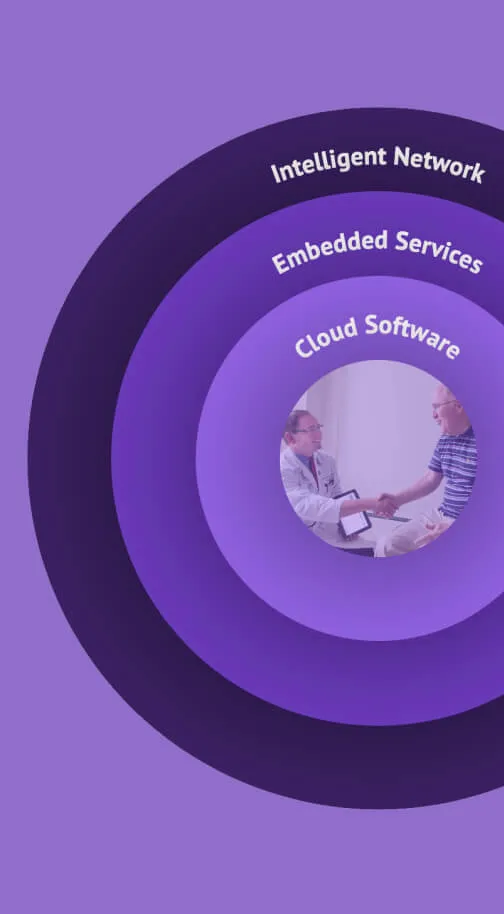There are hundreds of electronic medical record systems out there. Even if you are currently using one, it may not be serving your practice the way it should. One KLAS study1 included a section about why some EHR systems are being replaced: A growing number of practices who were switching their electronic medical record system feared their current system wouldn't measure up for Meaningful Use. Some systems with current CCHIT (Certification Commission for Healthcare Information Technology) certifications weren't a good fit for practice needs, and weren't driving the financial and clinical results practices desired. Complaints about EHR systems in this report and elsewhere include:
- Slow adoption rate by physicians
- Missing functionality
- Integration problems
- Lack of vendor support
- Scalability issues
- Not enough return on investment
- System being slow or too difficult to work with
- System not keeping up with Meaningful Use and other industry programs
For those practices interested in switching to an EHR system that better serves their needs, here are some top tips on what to look for, and what questions to ask:
- Proven implementation approach. Look for vendors that leverage their software, services and experiences with other clients to develop a best-practice methodology that delivers the best possible implementation solution for your practice.
- Efficient data migration. One of the greatest concerns when replacing an EHR is the process of migrating data from the old system to the new one. Ask vendors about the specifics of their data extraction and the particular ways they can migrate information from your legacy EHR system. The better vendors will assess your information needs with you and have the capability to transfer only that essential data you really need.
- Improved workflow. As a business services provider, the right vendor recognizes when practice workflows are broken or inefficient, and will have a well-designed workflow that makes the right information available to the right care giver (physician, medical assistant, etc.), at the right point in the patient encounter.
- ROI and total cost of ownership. The type of EHR system that will provide a return on investment over the long run is one designed to uncover and bank Pay-for-Performance (P4P) revenue, and will guarantee Meaningful Use incentive payments. A cloud-based EHR service can also deliver other bottom-line benefits: No capital cost for expensive servers and other hardware, and no licensing fees, software package charges and other often hidden expenses that come with most software and ASP solutions.
- KLAS. "Ambulatory EHR Buying: A Roller Coaster Ride in 2010." March 2010.












